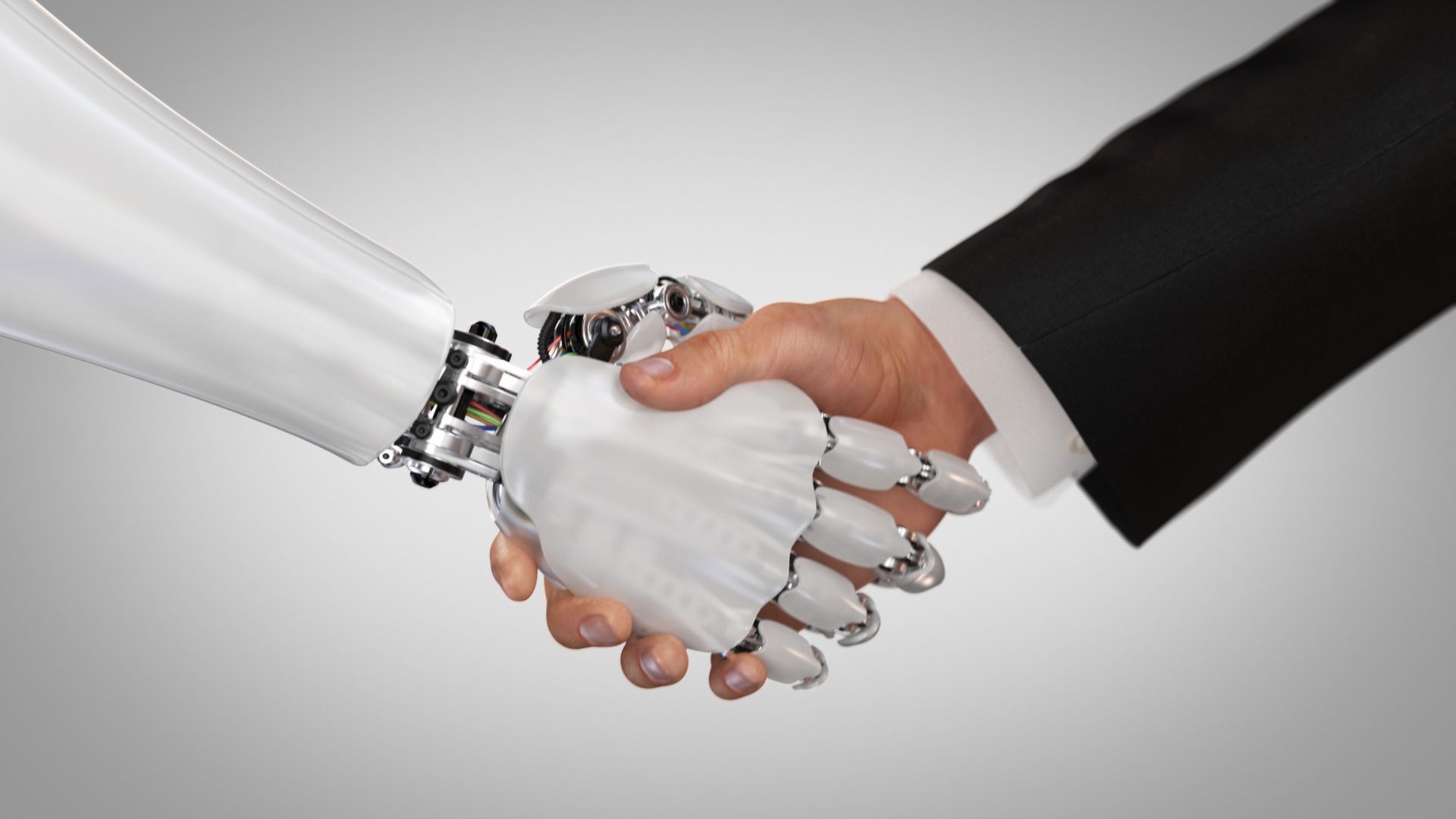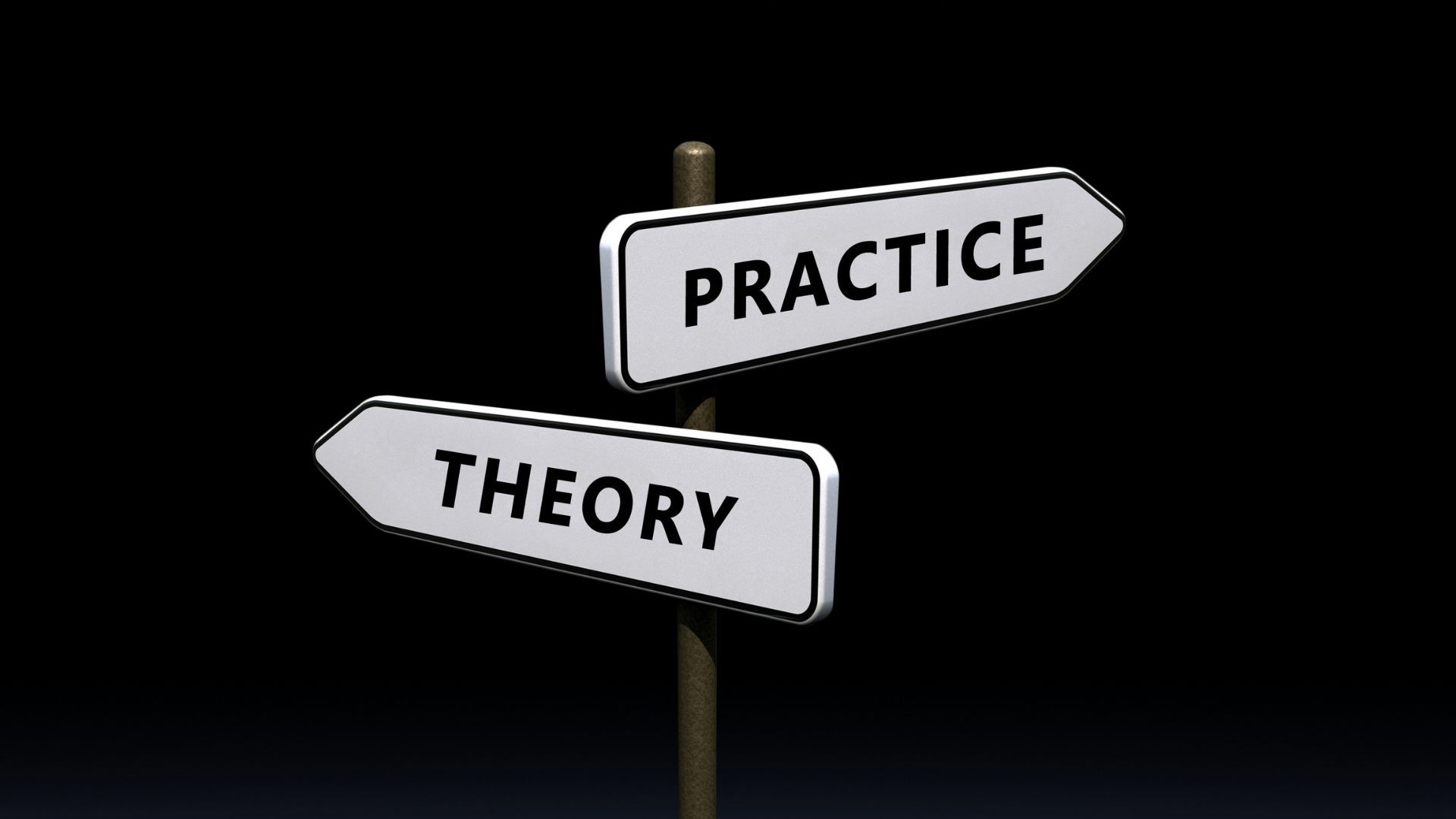Economic Shifts Challenge Australian Job Market in 2025

Economic Shifts Challenge Australian Job Market in 2025
Australia's labour market continues to demonstrate resilience, maintaining a steady unemployment rate of 4.1%. This stability underscores an optimistic economic outlook, with businesses retaining and even expanding their workforce. A key indicator of this positive momentum is the participation rate, which has risen to 67.2%. This increase suggests that more Australians are either entering or returning to the workforce, driven by confidence in the availability of employment opportunities.
Over 14 million Australians are currently employed, reflecting significant growth in both full-time and part-time roles. This flexibility highlights the diversity within the labour market, catering to varying workforce needs and preferences. With these statistics painting a picture of a healthy economy, it's evident that Australia's labour market is not only recovering from past disruptions but also adapting to shifting economic landscapes. As we look ahead to 2025, these trends set a solid foundation for continued growth and opportunity.
However, the market is not without its challenges. Sectors such as retail and hospitality continue to experience high turnover, and businesses in these areas are adapting by offering competitive pay and benefits to attract talent. Additionally, the rise in temporary and contract roles demonstrates the need for greater agility in workforce management, a trend expected to intensify as businesses navigate economic fluctuations and labour shortages.
“We’ve seen a noticeable rise in demand for temporary and contract roles, particularly in sectors like administration, healthcare, and logistics.”
In our recent Australia Market Update: Thrive in 2025, Mary Savova, Temporary Team Leader at people2people, provided valuable insights into the labour market's current dynamics and future outlook. Mary highlighted the increased activity across multiple sectors, with businesses increasingly seeking temporary staff to adapt to fluctuating workloads.
“We’ve seen a noticeable rise in demand for temporary and contract roles, particularly in sectors like administration, healthcare, and logistics,” Mary shared. This trend aligns with the broader employment growth, where flexibility is key to meeting the evolving needs of businesses.
Mary also noted that job seekers are becoming more strategic in their approach, focusing on industries with strong growth potential. “Candidates are more informed than ever, and many are targeting roles that offer both stability and progression opportunities,” she explained. This shift in mindset reflects a growing awareness among workers about aligning personal and professional goals with market trends.
Additionally, Mary emphasised that technology is becoming a critical factor in the job market. “The digital transformation has influenced not just how we work but also the types of roles available,” she said, pointing to the increased demand for IT and tech-related skills. Businesses are increasingly relying on automation and digital tools, pushing candidates to keep pace with these changes to remain competitive.
Looking ahead, Mary highlighted the importance of adaptability for both employers and employees. “The labour market in 2025 will require agility from everyone involved—whether that’s adopting new technologies or embracing diverse work arrangements,” she concluded. Her observations underline the need for proactive planning to thrive in a competitive and ever-changing job market.
Tips for Thriving in Australia’s Labour Market in 2025
Building on these insights, here are practical steps to make the most of Australia’s evolving employment landscape:
- Stay Informed on Industry Trends
Focus on sectors experiencing growth, such as healthcare, logistics, and technology. Understanding market demands can help you target the right opportunities. - Upskill and Reskill
With technological advancements shaping many industries, acquiring new skills or enhancing existing ones is crucial. Online courses, certifications, and workshops can provide a competitive edge. - Leverage Networking Opportunities
Establishing professional connections can open doors to unadvertised roles. Attend industry events, engage on LinkedIn, and participate in community forums to expand your network. - Embrace Flexibility
Consider temporary or contract roles as stepping stones to permanent positions. These roles often provide exposure to diverse work environments and skill-building opportunities. - Prepare for a Competitive Market
A well-crafted CV and tailored cover letters are essential. Highlight your adaptability and achievements to stand out among applicants. - Monitor Economic Indicators
Keeping an eye on labour market data, such as unemployment rates and participation levels, can guide your job search strategy.
Australia’s labour market remains a beacon of stability and growth, with opportunities for job seekers to thrive in 2025. By understanding market trends, leveraging insights from industry leaders like Mary Savova, and staying proactive, individuals can position themselves for success in this dynamic environment.
Find the job you love I Find the right talent
Get in touch with people2people
Australia I United Kingdom
In business since 2002 in Australia, NZ, and the United Kingdom, people2people is an award-winning recruitment agency with people at our heart. With over 12 offices, we specialise in accounting and finance, business support, education, executive, government, HR, legal, marketing and digital, property, sales, supply chain, and technology sectors. As the proud recipients of the 2024 Outstanding Large Agency and Excellence in Candidate Care Awards, we are dedicated to helping businesses achieve success through a people-first approach.
Find the job you love I Find the right talent
Get in touch with people2people
Australia
I
United Kingdom
In business since 2002 in Australia, NZ, and the United Kingdom, people2people is an award-winning recruitment agency with people at our heart. With over 12 offices, we specialise in accounting and finance, business support, education, executive, government, HR, legal, marketing and digital, property, sales, supply chain, and technology sectors. As the proud recipients of the 2024 Outstanding Large Agency and Excellence in Candidate Care Awards, we are dedicated to helping businesses achieve success through a people-first approach.
Recent articles





Latest Media Features
List of Services
-
11 tips for employers to succeed in 202511 tips for employers to succeed in 2025
Human Resources Online
February 14, 2025 -
How will advisers’ salaries change this year?How will advisers’ salaries change this year?
Money Management
Janurary 17, 2025 -
Being a supportive employer in 2025Being a supportive employer in 2025
Money Management
January 6, 2025
List of Services
Get in touch
Find out more by contacting one of our specialisat recruitment consultants across Australia, New Zealand, and the United Kingdom.
Copyright © 2025, people2people
people2people acknowledges the Traditional Custodians of country, pays respect to their Elders past and present, and extends that respect to all Aboriginal, Torres Strait Islander and Māori peoples today.
people2people partners with CarbonInvoice to measure and mitigate any carbon emissions associated with the work we do.
Specialisations
Locations
Resources

